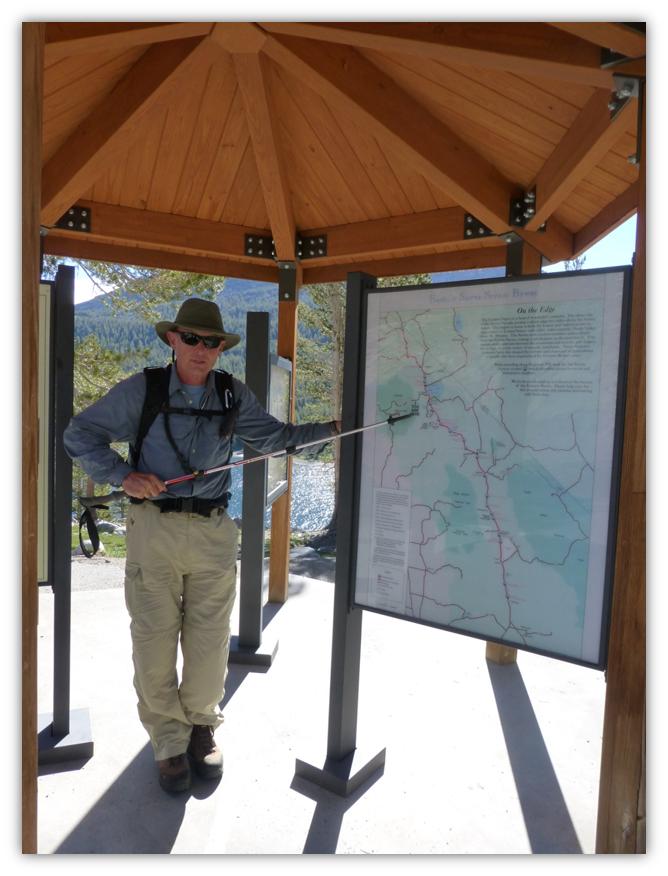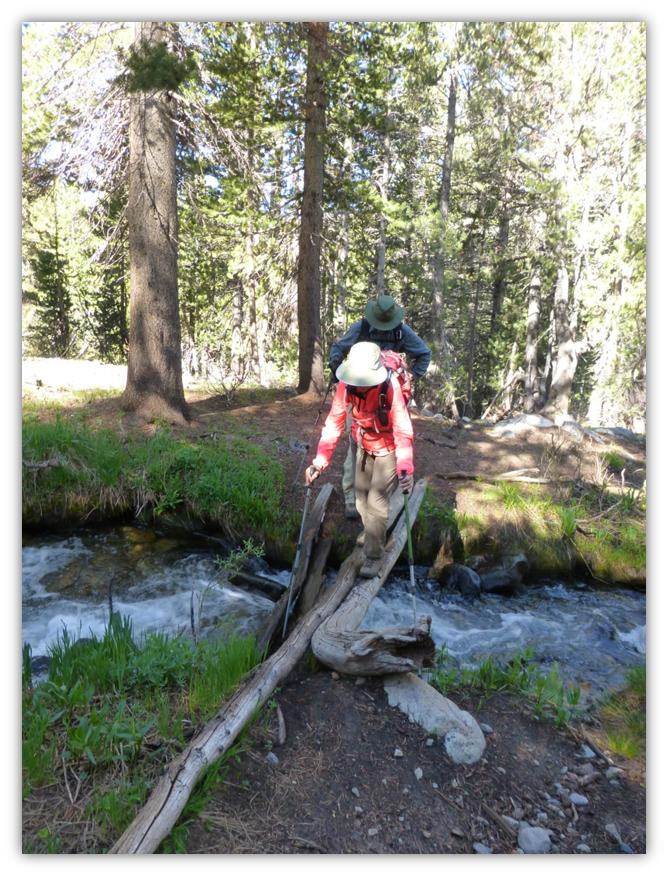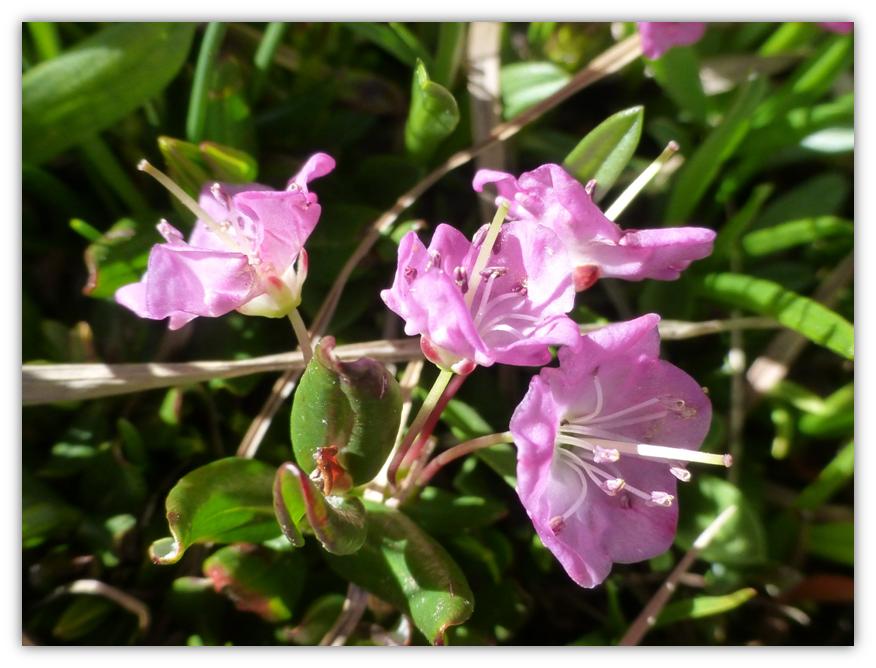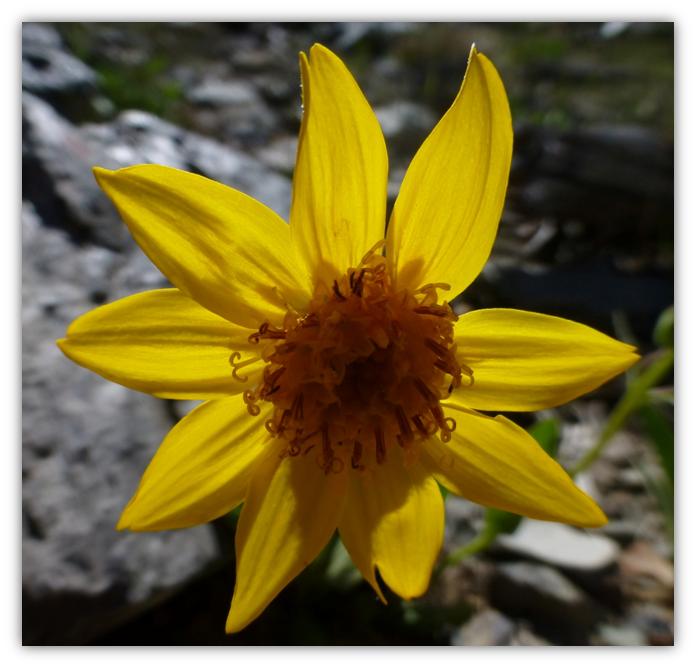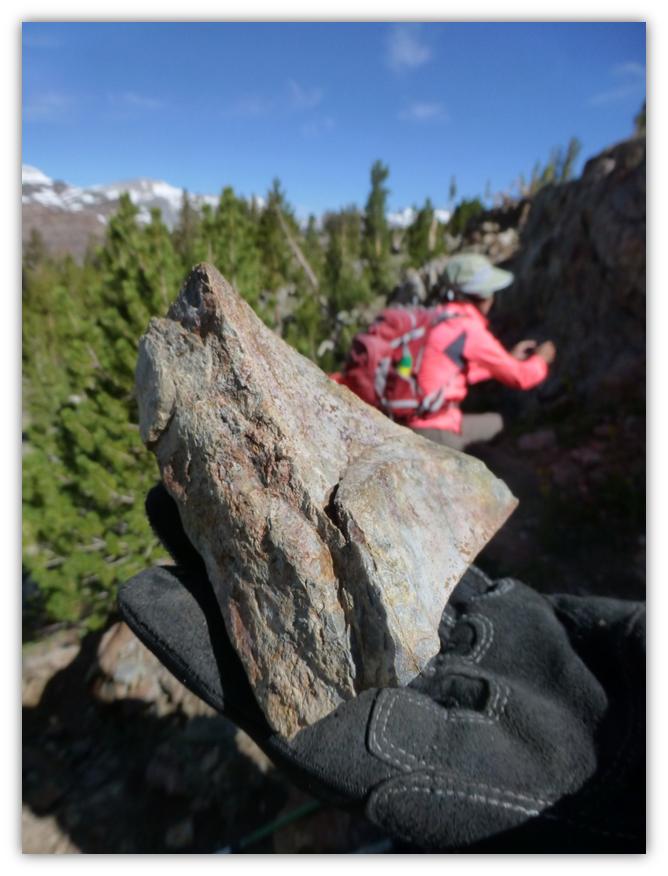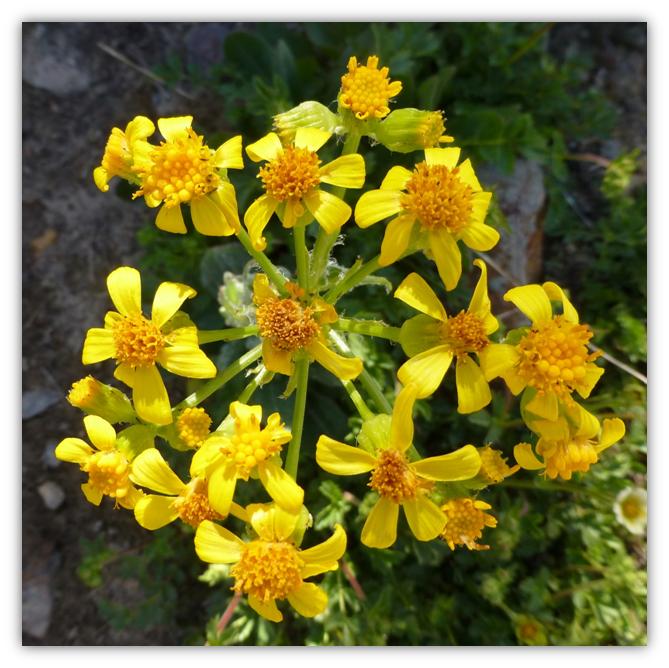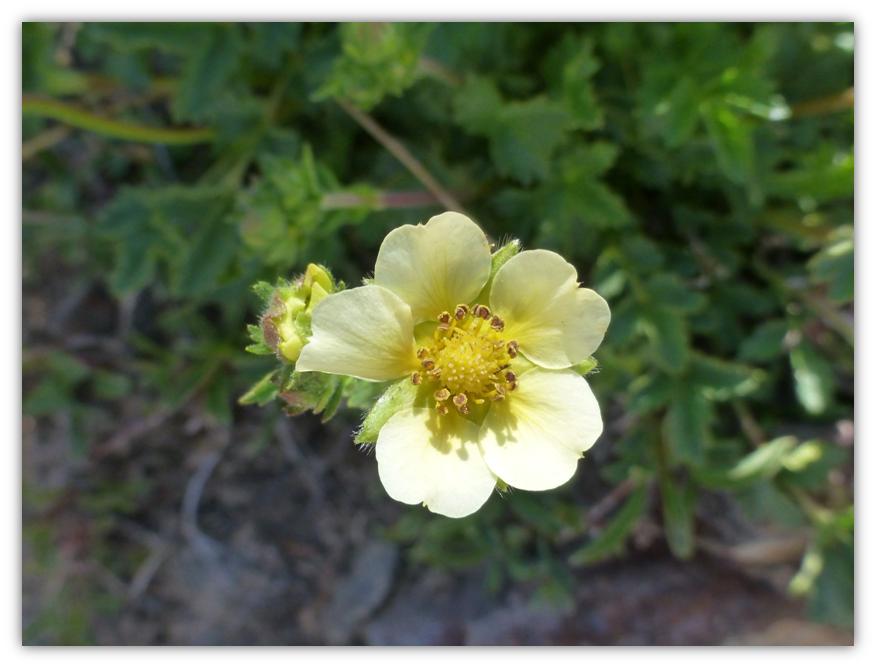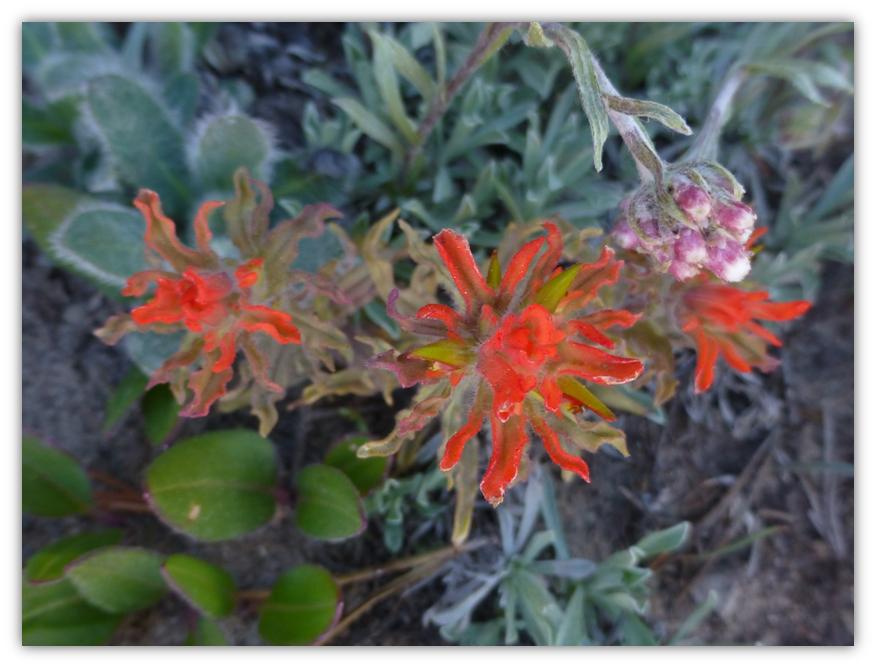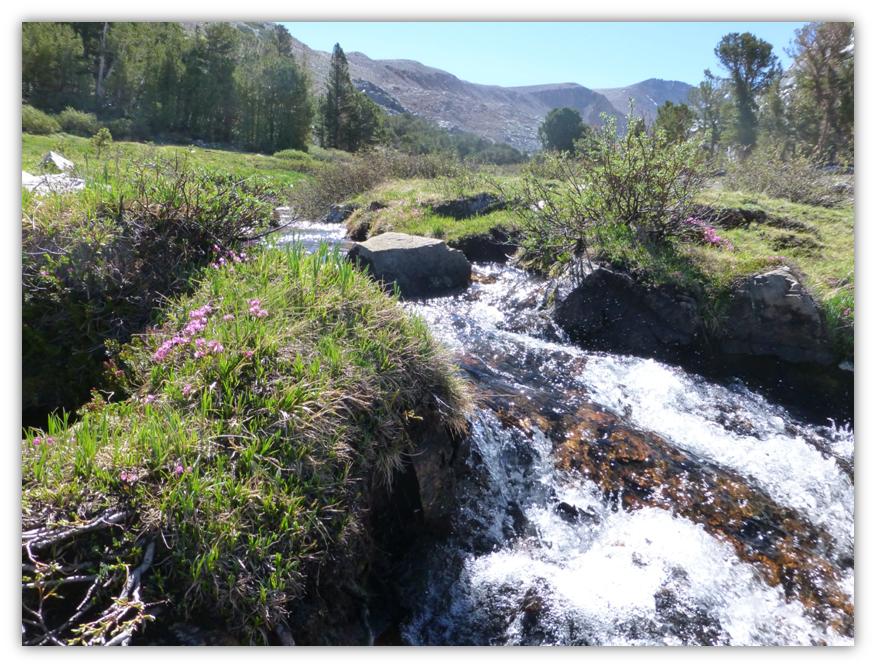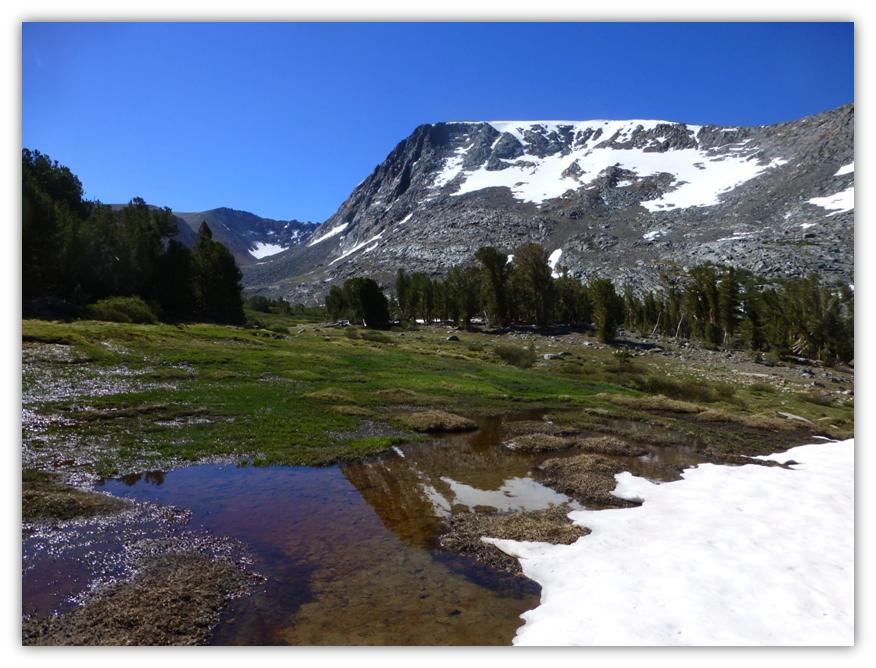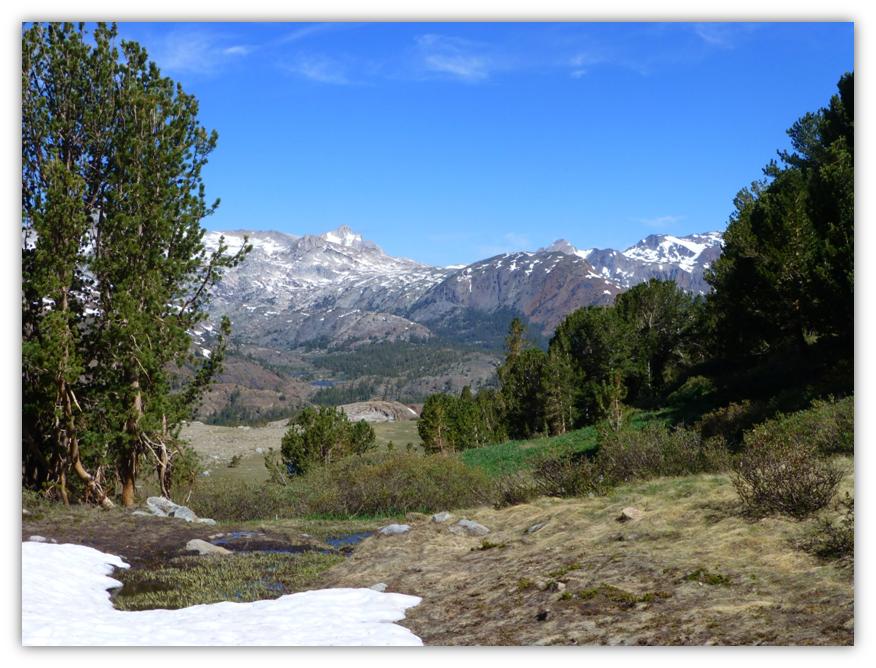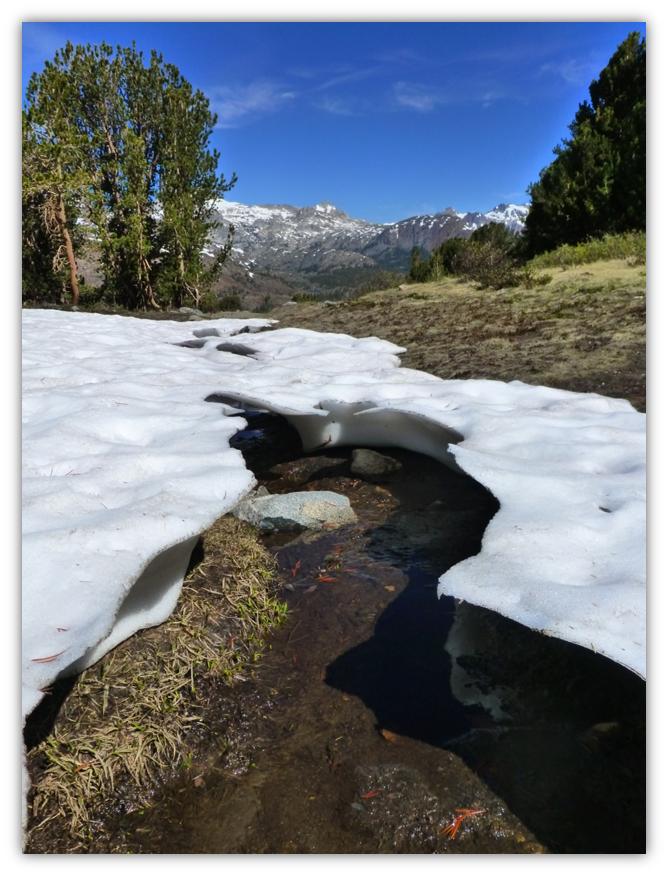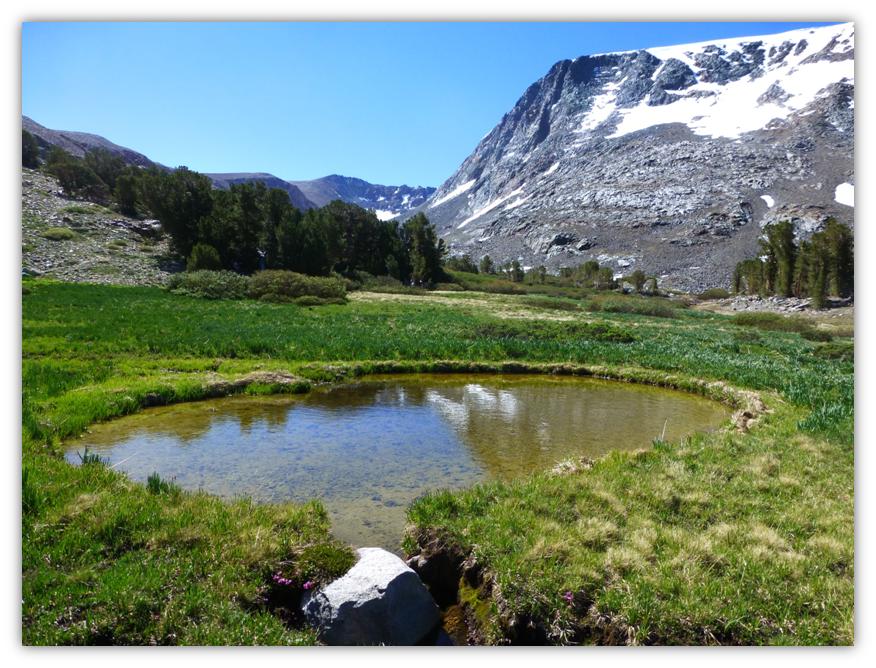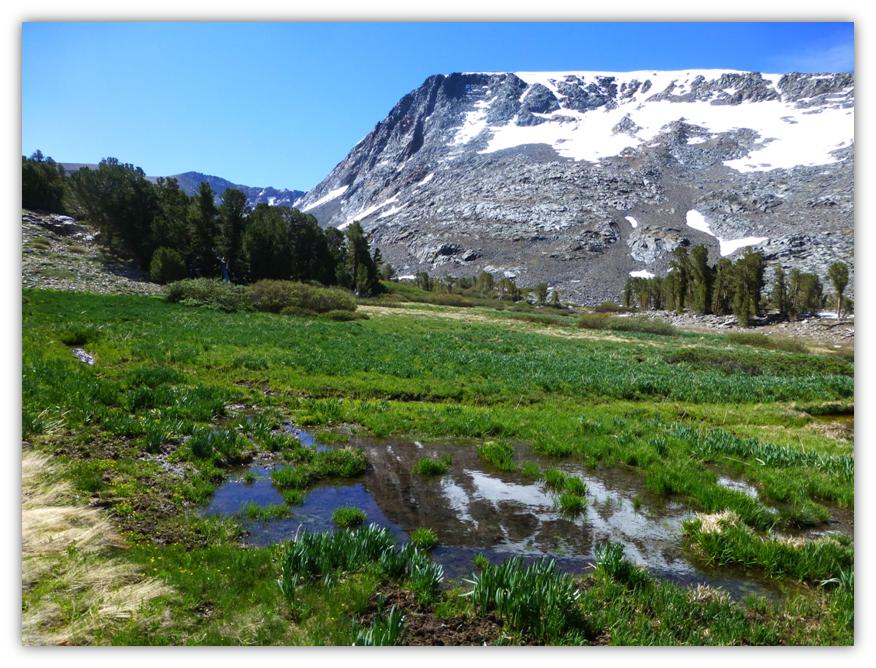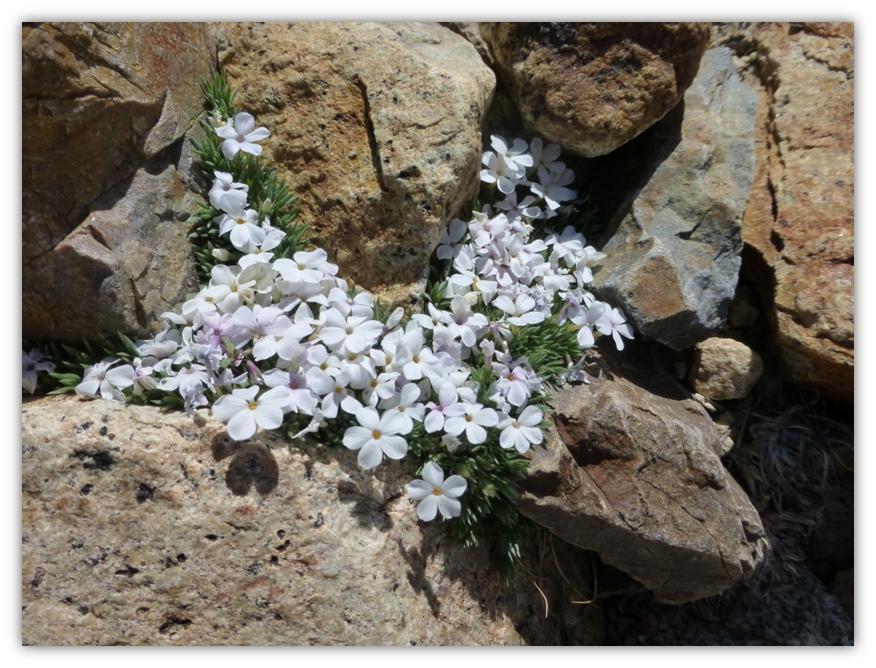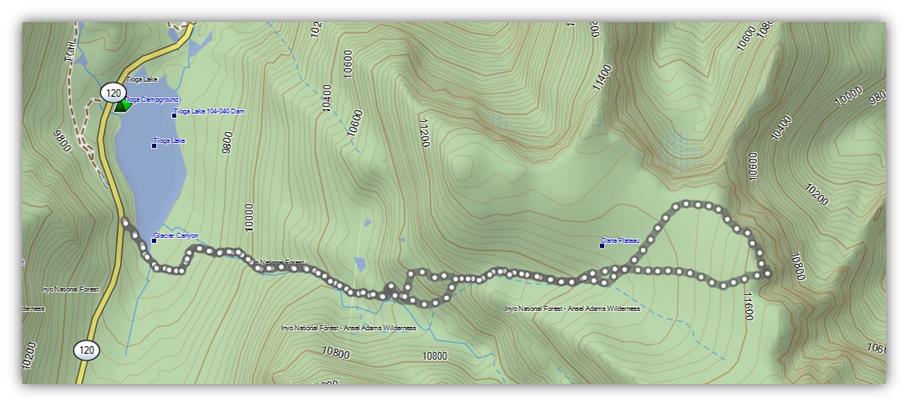Hiking up to Dana Plateau gave us the opportunity to view some of the complex geologic events that helped form Yosemite. We could see where Glaciers had moved massive amounts of rocks, yet left other areas alone. Fast moving clouds created great views, whether they were from the tops of mountains or creating reflections in small water features.
Where: Yosemite National Park and Ansel Adams Wilderness Area, Inyo National Forest Highlights: Although we closely followed the weather predictions before we did this hike, we definitely experienced what the National Weather Service calls “breezy” up at the higher elevations on Dana Plateau. With the winds, came all different kinds of rapidly changing cloud formations though, creating fantastic views whether looking toward Mono Lake, the surrounding high mountains, or reflecting in small ponds.
We were able to view some of the complex geologic events that helped shape Yosemite National Park. We saw where glacial activities had left their mark, polishing and carrying massive amounts of rocks. We also saw evidence of peaks that had poked out above the glacial fields and older volcanic activity.
We started our hike just outside the eastern Yosemite entrance at Tioga Pass at the parking area that overlooks Tioga Lake with restrooms and displays. It is reassuring when your hiking buddy for the day can accurately place themselves on such a detailed map. I could be wrong but I think the “you are here” on the map may have helped.
We knew that we had one water crossing early on and had brought our water shoes with us just in case but we lucked out. The two small logs that were across this creek last year were still here and with the help of our trekking poles, we got across it just fine.
After crossing the creek, the trail parallels the stream then heads uphill, where we started seeing our first flowers of the day. I also could smell my favorite plant, pennyroyal, along the path. Joanna Clines, the Forest Botanist for the Sierra National Forest was a huge help in identifying these flowers. I can’t thank her enough.
Although this plant has a beautiful flower, it is a very poisonous plant. It is bog kalmia, Kalmia polifolia, in the Ericaceae or Heather Family.
I think this is deltoid balsamroot, Balsamorhiza deltoidea (Asteraceae, sunflower family)
One of our missions on this hike was to better understand the volcanic and glacial activity that occurred in this area. In Glazner and Stock’s book, Geology Underfoot In Yosemite National Park, they discuss the most recent glaciation that occurred between 26,000 and 18,000 years ago known as the Tioga glaciation. These glaciers deposited a whole bunch of rocks and debris, also carving out the majority of glacial features that we see today.
A huge ice field formed over and around the Tuolumne Meadows, up to 2,000 feet thick in places. These glaciers smoothed the landscape under the ice, forming the domes and slabs in the Tuolumne Meadows area. A few peaks and ridges poked up above this sea of ice and they were called “nunataks.” They were a kind of bedrock island and some examples include Cathedral Peak and Unicorn Peak. Dana Plateau became a nunatak for short periods as the Tioga glaciers formed around them. These nunataks were sanctuaries for many plants and animals. It was an area that was free of ice where they could live and as the glaciers retreated, these species expanded outward from their nunataks to colonize the freshly deglaciated landscape.
As the trail started to move uphill and away from the lush vegetation along Dana Creek, we could see a different type of rock that we examined. Was it volcanic in nature?
We continued up the trail, still seeing flowers along the trail.
Sierran woodbeauty (Drymocallis lactea var. lacteal)
Just above the area where were examining the rocks, we came to an area with small tarns with wonderful reflections and great views toward the Saddlebag Lake area.
Heading up the trail a little farther, we stopped at a couple of small tarns with more wonderful reflections in them. Different tarns, same mountain but different looks.
We left the gurgling creek and started heading up in elevation to Dana Plateau. The entire landscape looked pretty barren but if we looked close enough, was saw beauty. In the most barren looking spots, we found small white blooming phlox flowers tucked into the rocks.
Distance: 6.44 Miles
Difficulty: Strenuous
Elevation Range: 9,649′ – 11,653′
Date: June 11, 2013
